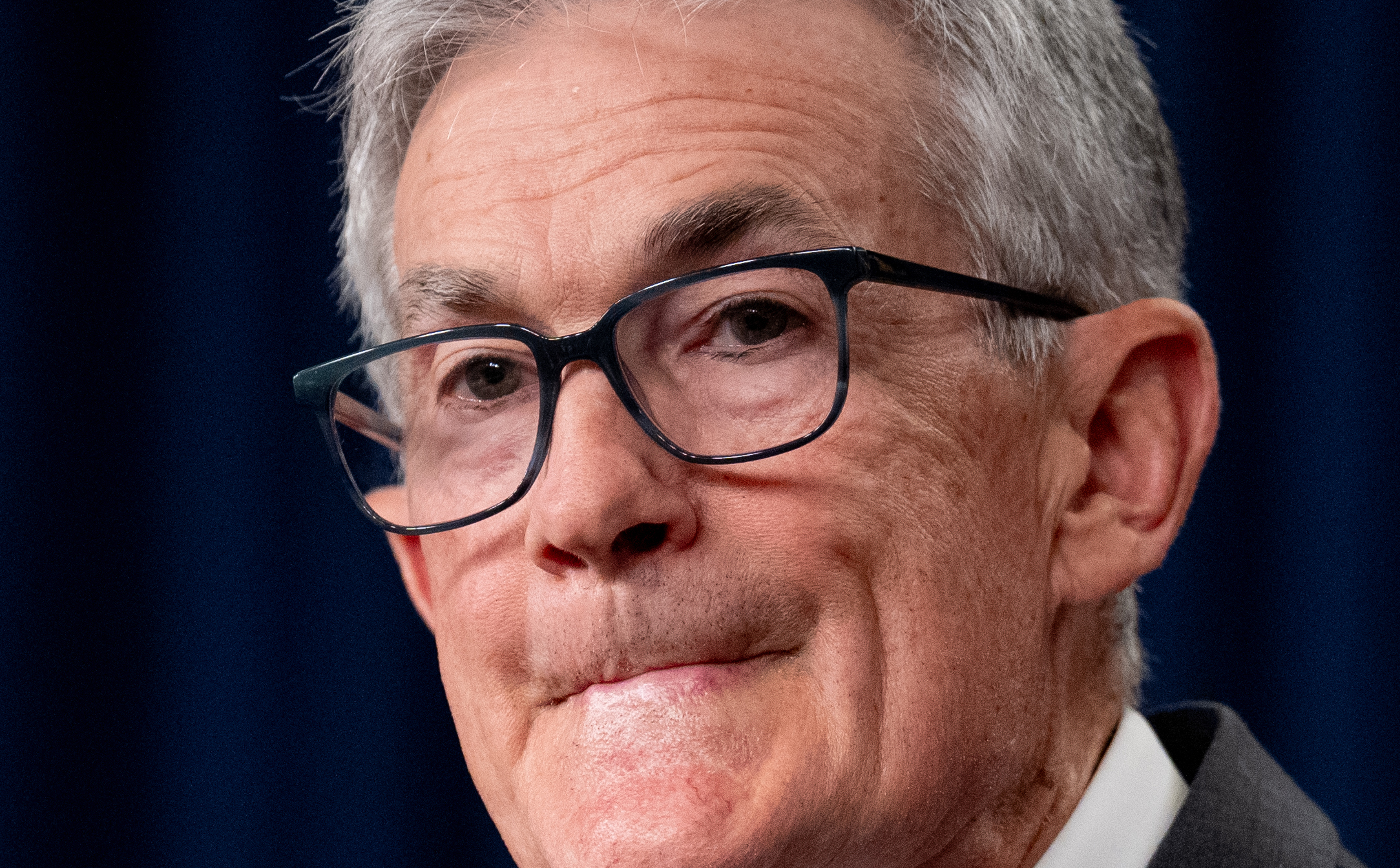The Federal Reserve is poised to cut interest rates in the world’s largest economy on 18 September. It is no exaggeration to say that this looming decision by the Federal Open Market Committee is the most anticipated economic event on the global stage this year, and the economic consequences will be far-reaching.
The overwhelming consensus from a Reuters poll of 101 economists expects the Fed to trim by 25 basis points and follow that with another pair of 25 basis-point cuts at its final two policy meetings this year.
The federal rates fund has been held in a 5.25–5.50% range since July last year, a peak reached after 11 consecutive hikes to cool red-hot inflation.
Expectations of a 25 basis-point cut are well baked into the market, but it is a case of “seeing is believing”, and there is an outside chance of 50 basis points getting sliced.
For starters, one can expect the pulling of this trigger to lift US and global equities in a rally inspired by the simple fact that it has finally materialised.
The value of the US dollar may take a hit – a 50 basis-point cut would certainly undermine the greenback – and that would be supportive of emerging market currencies such as the rand.
And the ripple effects will redirect capital flows, with huge implications for asset classes across the board.
Bond market flows
The global bond market is a prime example. The International Monetary Fund (IMF) said in a note last week that US rate cuts were likely to revive bond flows to emerging and developing economies, which include South Africa.
Eurobond issuance from emerging markets plunged while the Fed and the central banks of other advanced economies were raising rates. Eurobond net issuance by emerging market and developing economies “fell to an annual $40-billion in 2022–23, down 70% relative to the prior two years”, the IMF said.
“Net Eurobond issuance has a strong negative association with advanced economy interest rates, approximated by the 10-year US Treasury yield. When bond yields in the US and other advanced economies slumped during the pandemic, borrowers in emerging market and developing economies took advantage of cheap borrowing costs to issue debt,” the fund said.
Those flows dried up as monetary policy tightened in the US and other major economies, but the floodgates have already opened this year with Eurobond issuance of $40-billion in the first quarter of 2024 as countries such as Benin and Ivory Coast returned to the market.
“The onset of a Fed easing cycle may support an additional rebound in Eurobond issuance and a broader revival of capital flows to emerging market and developing economies,” the IMF said.
 About three-quarters of the Eurobonds issued by emerging market and developing economies from 2017 Q1 to 2024 Q1 were denominated in US dollars and the remaining quarter in euros. (Sources: St Louis Federal Reserve Economic Data; Bank for International Settlements; IMF)
About three-quarters of the Eurobonds issued by emerging market and developing economies from 2017 Q1 to 2024 Q1 were denominated in US dollars and the remaining quarter in euros. (Sources: St Louis Federal Reserve Economic Data; Bank for International Settlements; IMF)
Commodity kick
Falling US interest rates will also have a big impact on commodity markets. The fading appeal of US bonds and a weaker dollar are supportive of the price of gold, which is dollar-denominated, and so the precious metal’s record run should get a fresh wind when the Fed starts unwinding. Gold’s price as Daily Maverick went to press was near its historical highs above $2,500 an ounce.
The best signal
Platinum group metals, which have collapsed from their lofty peaks of a few years ago, may also finally find some support from a Fed rate cut.
“The first cut is important because that’s the best signal you can get, the actual rather than the promised cut. Interest rates are now high in US terms and that is a disincentive to a number of things. It is a disincentive for users of the metal to hold inventory and it’s a disincentive to buyers of cars to buy cars,” Paul Dunne, the CEO of Northam Platinum, said recently after the company unveiled its annual results.
“Sentiment is also important, I think, for all hard commodities, which tend to thrive in a falling interest rate cycle because effectively the value of the dollar should fall against the value of the hard assets.”
A US rate cut is further seen stoking the price of oil, which is also dollar-denominated, and the implications of such a move for US and global economic growth can underpin demand for the fossil fuel.
The bottom line is that global markets, although they have been anticipating this cut for some time, are primed to move when hope becomes reality.
For better or worse, the global economic landscape is about to change.
And here at home, it will give the South African Reserve Bank more space to do the same on 19 September when its Monetary Policy Committee wraps up its next meeting on interest rates. DM
This story first appeared in our weekly Daily Maverick 168 newspaper, which is available countrywide for R35.





 About three-quarters of the Eurobonds issued by emerging market and developing economies from 2017 Q1 to 2024 Q1 were denominated in US dollars and the remaining quarter in euros. (Sources: St Louis Federal Reserve Economic Data; Bank for International Settlements; IMF)
About three-quarters of the Eurobonds issued by emerging market and developing economies from 2017 Q1 to 2024 Q1 were denominated in US dollars and the remaining quarter in euros. (Sources: St Louis Federal Reserve Economic Data; Bank for International Settlements; IMF)
